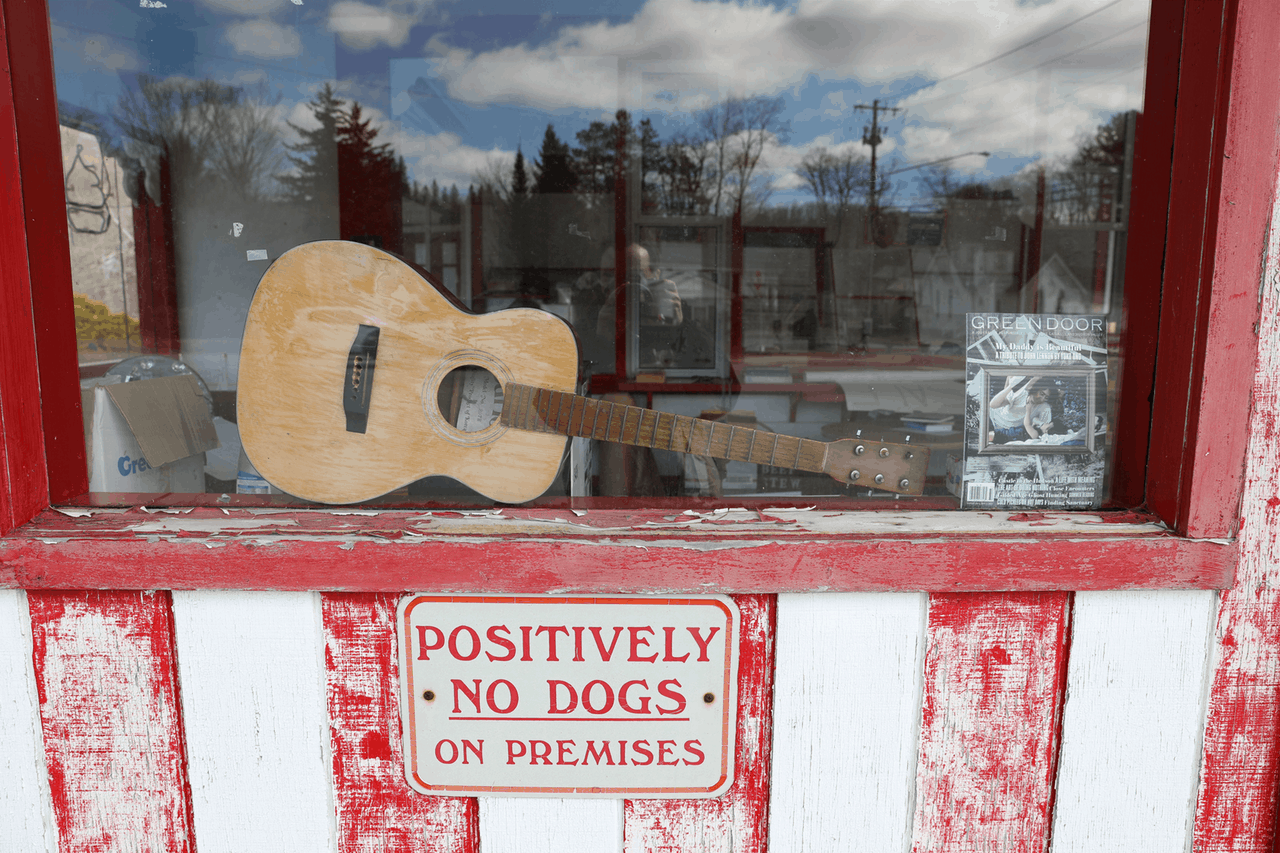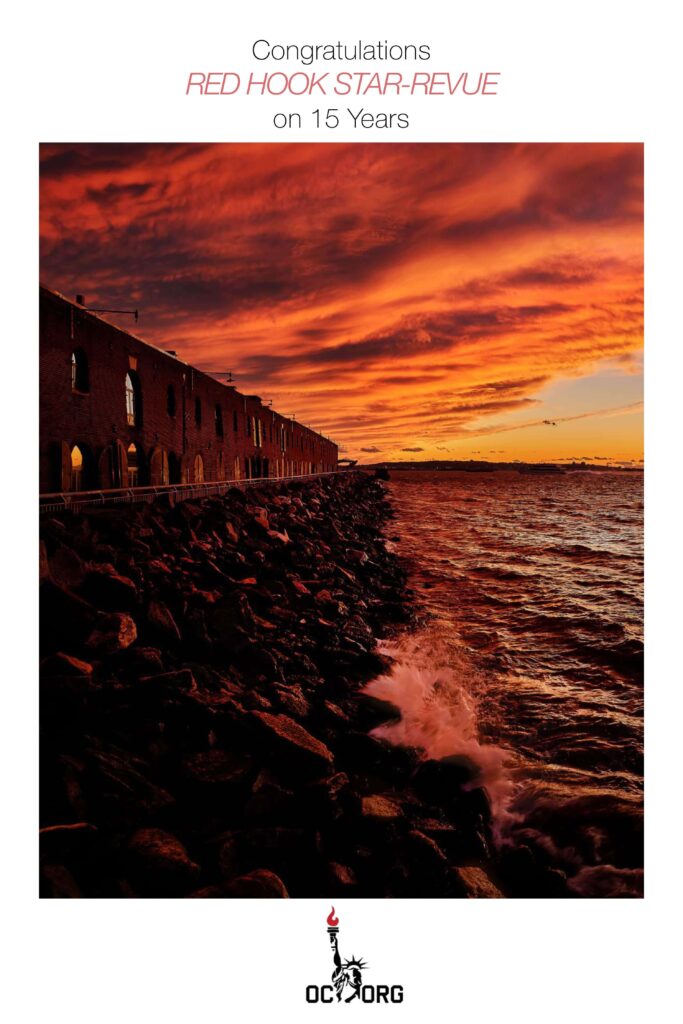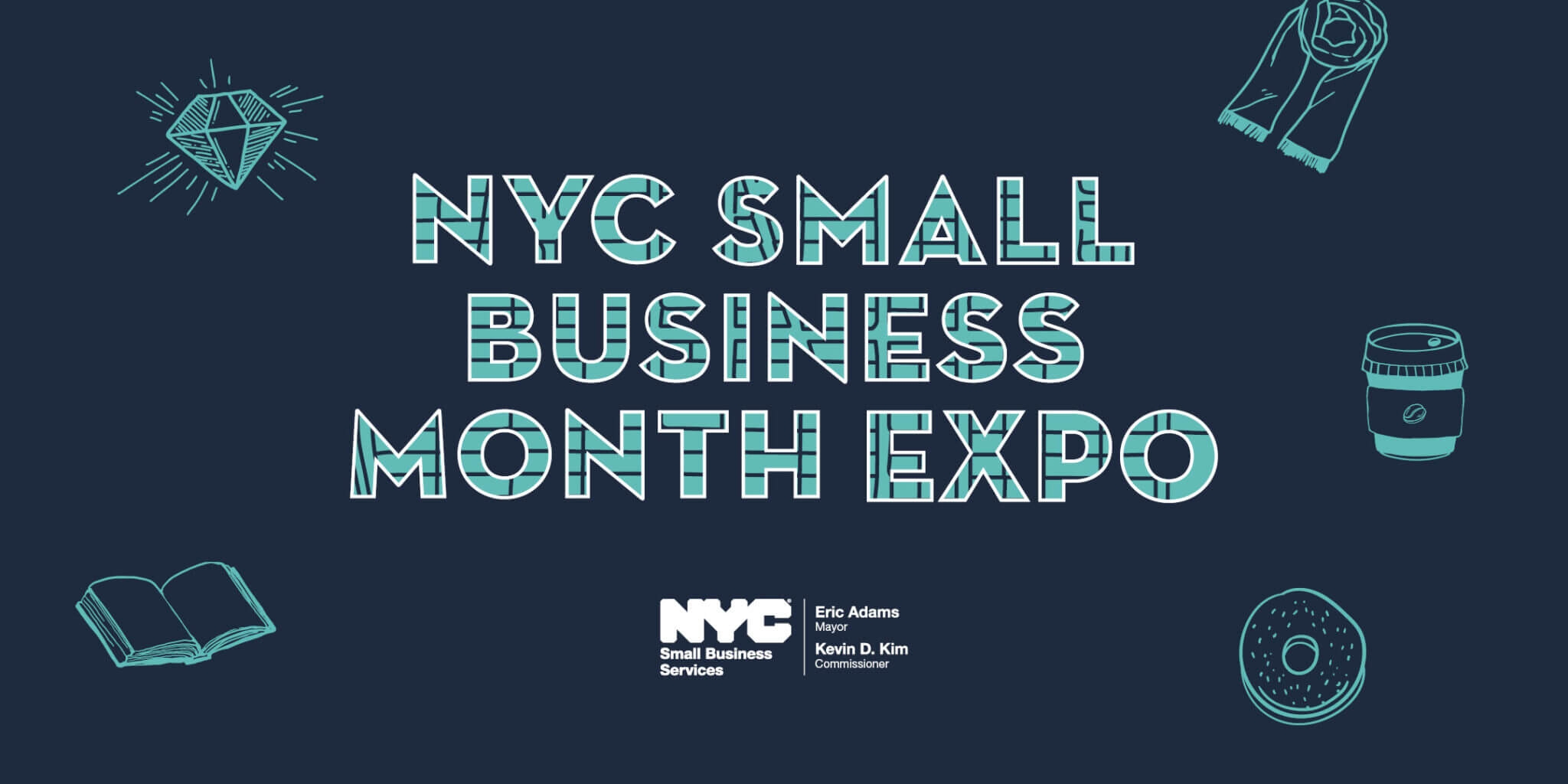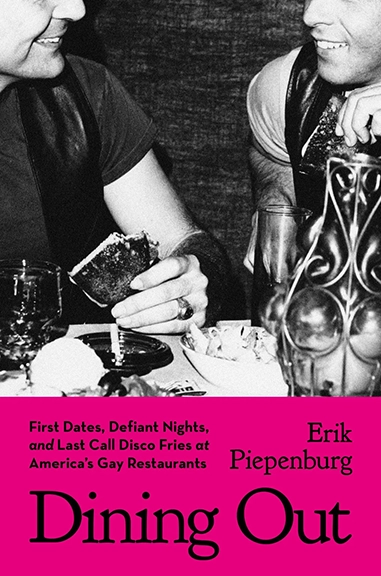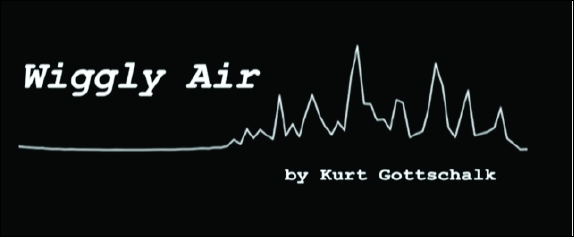Few industries are immune to the financial and structural chaos that COVID-19 has wrought. The music business, though, is particularly vulnerable. Essentially made up of dozens of patchwork business models, with the majority of workers being self-employed, there is little relief for the majority of musicians. Broadway is shuttered, bars are closed, weddings are postponed, international tours are canceled, and every venue from opera houses to DIY spaces has been shuttered indefinitely. Even recording sessions and music lessons have ended.
The “Great Gig Bloodbath of 2020,” as I call it, began Wednesday, March 11. The cancellations began pouring in that morning, starting with small bars and clubs, and cascading throughout the day unti, by Wednesday night, the carnage was in full swing. Over the next two days, the entire income of thousands of New York musicians was obliterated. If you were lucky, you were under a contract that would be seen out. But even those musicians faced a terrifying prospect: there was no end in sight. May? June? The fall?
There’s an old saying: “How do you get a musician to complain? Give them a gig.” While I can attest this is more than half true, musicians are also some of the most optimistic, hopeful, and resourceful people around. In an industry where few gigs offer any real stability, and the “hustle” is also the next move, people are always trying to find ways to innovate and cut through the noise. By Friday, my Facebook and Instagram accounts were awash with people trying to figure out how Zoom works, experimenting with live concerts from their bedrooms or kitchens with links to their Venmo account – a form of cyber-busking. Turning lemons into lemonade, or something.
Everyone was desperate, and terrified, and looking for answers. The entire bottom of the original “gig economy” had just come out from under them, and there was no clear support system. But with thousands of musicians trapped at home, with nothing but their WiFi and instruments on a Saturday night, they also realized that they had a (literally) captive audience trapped in their respective living rooms. There were several creative solutions that stood out to me.
With so many musicians out of teaching jobs, everyone was suddenly posting that they were “available for online lessons.” Bass player Steve Whipple, watching hundreds of these queries being yelled into the cyber-void, sprang into action and put together an open-source Google spreadsheet, in which musicians could add their name, instrument, and teaching ages. Within one day, 250 musicians signed on to offer lessons, and it is now an index of over 500 musicians of (truly) world-class level that are available for online instruction. The website maestromatch.com went live within a week of gig-mageddon!
Perhaps the most artist-friendly online music service, Bandcamp, waived its revenue share on music sales on Friday, March 20. I don’t know if they plan to do this again, but it was a great incentive for people to buy music and support so many artists whose songs regularly get streamed in the depths of the internet with next-to-zero payment. If you want to help artists, buy albums instead of streaming them!
Among many crowd-sourcing funds, one of the best I’ve seen is Artist Relief Tree (ART). Formed by Morgan Brophy (Wolf Trap Opera) and Andrew Crooks (Lawrence University Conservatory of Music) as a Facebook fundraiser, it quickly expanded into a website with an impressive list of famous and established musicians as supporters, and they have already raised $250,000, and begun sending out payments. To see more, go to artistrelieftree.com.
There are new ideas and schemes being hatched at a dizzying pace, and we’re not sure where all this will lead. But in the meantime, unemployed musicians can’t be held down. As one friend said to me, “Look out for one of the most overwhelmingly prolific periods for new music and compositions this summer,” when everybody is released from their enforced artist retreats – as long as we can survive that long.
Author
Discover more from Red Hook Star-Revue
Subscribe to get the latest posts sent to your email.

